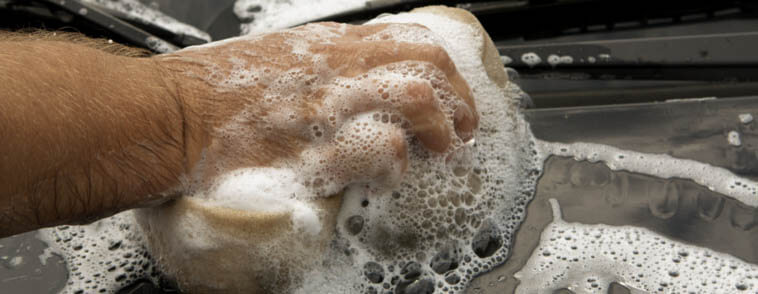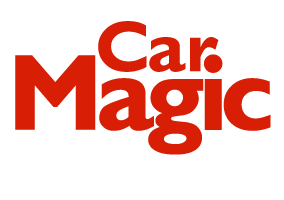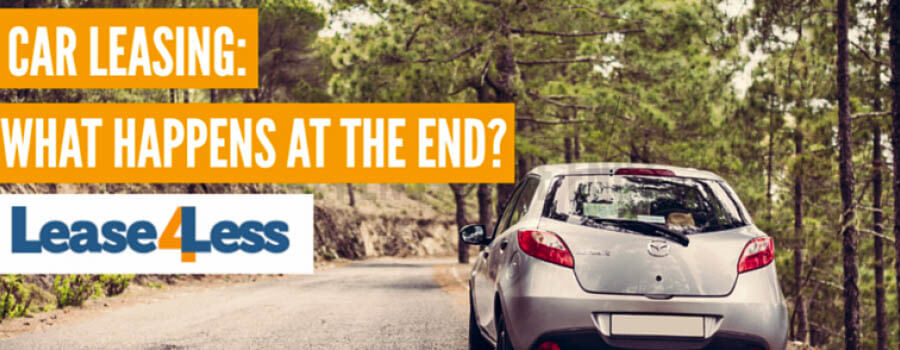Upload photos for an estimate within 24 hours
Car Leasing: What Happens at the end?
Car Leasing: what happens at the end?
A question we usually get asked is, “what happens at the end of my contract?” Well that all depends on what type of contract you have opted for. James McManus from Lease4Less tells you everything you need to know about the end of your lease.
First of all, let me start by giving you a bit of an insight as to what car leasing is. ‘Car leasing’ is quite a broad term in all honesty, but it’s basically an alternative method of financing your car.
These are broken down into different methods of finance:
Contract Hire: Usually the most popular and is often the main term used when referring to car leasing. This agreement allows a driver to drive a vehicle for a set period of time, but the driver will never actually own the vehicle. Typically, a monthly rental plan is set up for the length of the contract, on completion of which the vehicle is returned to the hire company.
Personal Contract Hire: is fundamentally equal to ordinary contract hire but it is only available to private individuals. This represents the most common form of leasing and is what most people refer to as ‘car leasing.’ With a PCH agreement the customer takes control of a vehicle for a set period of time, but never actually owns the vehicle outright. Instead, once the fixed monthly payment plan has been completed and the contract comes to an end, the customer simply returns the vehicle to the leasing company. Alternatively, you can also take out a fresh personal contract hire lease.
Personal Contract Purchase: or PCP, works on the same premises as PCH (personal contract hire) but with a significant difference. On completion of the deal, there is a voluntary balloon payment you can choose to fulfill in order to take full possession of the vehicle. The amount payable is established at the outset and will allow drivers to keep their vehicle if they wish to do so. This option is not mandatory; drivers also have the option to return their vehicle to the leasing company.
These are three of the most popular methods of car leasing. Although it’s worth noting that there are different methods of car leasing and car finance, it’s also worth noting that every method has it’s pros and cons any may not be the right method for you.

But we’re not here to talk about methods of finance… You want to know what happens at the end of your contract!
The end of your lease: Once your lease comes to an end you are faced with a number of options, depending on what type of contract you have taken out. But typically, you can either choose to hand the car back and choose not to take out another vehicle, hand the car back and take out a new lease or in some cases a purchase price can be requested if you really like the vehicle. (Not all finance companies offer this so this is not always an option.)
Arranging collection: Once you have decided what to do with your lease, your lease company will be able to discuss with you a collection date for the finance company to come and collect the car. If you decided to take out another lease most finance companies/car leasing companies will take this into consideration and have your new car delivered on the same day your current vehicle is collected.
They’re not expecting a new car back: Now here comes the scary stuff… Not really, we’re going to clear up some common myths about returning your car to the finance company. You’ll hear all sorts when you speak to someone who’s never leased before. “You’ll get stung! You’ve gone 100 miles over!” “You’ve got a stone chip on your car, they’ll have you for that.”
The stories go on… And for the most-part they aren’t true.
Excess mileage charge: At the quotation stage, car leasing companies will ask you for your anticipated mileage. Now no-one can see into the future, we understand that, and the finance companies understand that. Excess mileage charges will occur if you do go over your expected mileage, and it will depend on your car how much you will be charged.
Excess mileage charges vary from car-to-car, and you will be made aware of your excess mileage charge before you take out the contract. As an example if the excess was 5 pence per mile then for 1000 miles over contract you would be charged £50.
So it’s not the end of the world if you were to go a few miles over, but it’s something to consider throughout your contract.
Fair wear and tear: The finance company isn’t expecting showroom condition when you return your car, at the same time they don’t want a shed. Common sense typically applies when you’re checking over your car for any damage at the end of your contract.
Just think, if you were buying the car at the end of the contract, would you be happy with the condition for its age?
All leasing companies are obliged under the BVRLA’s Code of Conduct. The BVRLA is the British Vehicle Rental and Leasing Association. They have put guides in place to not only protect the finance companies, but to protect consumers as well.
It’s usually best practice to check over your vehicle, making sure all electronic and safety features are in working order, no rust or corrosion appears on the car, the car is roadworthy and no warning lights are displayed and that there is enough fuel for collection.
Make sure the car appears in good condition and represents the age of the vehicle, minor stone chips usually aren’t a problem but if there is substantial damage to the car such as dents or scratches it’s always good to take it to a body specialist to get it checked out and have any work that is needed carried out. Okay, it may take a bit out of your wallet, but it’s better than getting a bill from the finance company to cover the damage. (Always check with your leasing company first before going further to see if this is within the guidelines and regulations set by the finance company).

Get a valet: This isn’t a requirement as such, but it’s usually a good idea to go and get a valet. A valet can help in removing light body marks such as scuffs, and will also get the car nice and clean inside and out. As said before, this isn’t a requirement, but it’s what we do when returning our cars, mostly to get them early morning coffee spills out of the seats.
If you have any problems at the end of your lease it’s usually best to contact your account manager at the leasing company you took the contract out with. They will be able to talk you through any issues as well as informing you about any issues you could face before they arise.
Now you should be all clued up about what happens at the end of your contract. Have any other questions? Feel free to leave a comment and we would be more than happy to answer. Alternatively you can contact us via Facebook or Twitter and we will answer your questions over there.

Like what you see from Lease4Less? Click through to their main site below.
Save
Save



Leave A Comment
Great article. I looked around online for advice from the lease companies as to what I should be doing at the end of my lease. Found links to very long articles and some not so helpful. This is clear, not only that, I have uploaded my car photos with a quote and have now I can look forward to a stress free return of my vechicle.
Hi Janie,
Apologies we missed your comment. Really pleased that you liked out article, you’re right, a lot of companies and mediums online go with the really long form way of doing things so we thought we’d break it down in an easy to read article 🙂
Again, really glad you liked it.
All the best,
James McManus | Lease4Less
Hi
Whats happen with the Initial Payment? Lets say my contract is 9+23 I have handed back the car to lease company and I want to take another contract. Would I need another Initial payment to put down?
Sorry if this question is silly but usually I Have 3-4 years second hand cars but I with the last one I have spent so much money on repairs that I dont want any more go this way. 12 plate 520D M Sport 76k miles timing chain failure and turbo failure. Not cheap.
Hi Jakub,
Thanks for reading the article and thanks for engaging, really appreciate it.
First of all, no question is too silly, we’re glad you asked.
To break it down for you; we have to refer to it as an initial rental rather than payment. At the quotation stage, you will be in discussion with your leasing broker regarding the contract parameters and what works best for you.
With the initial rental you can put as much or as little as you want down upfront. But it’s worth noting that this will affect your monthly rentals, so it’s always best practice to use an initial rental that works for you and your budget.
In terms of handing the vehicle back at the end and taking out a new contract, again you can go with the same initial rental, or put more or less down, again, it’s what works best for you. But yes, you would have to pay another initial rental.
At Lease4Less we like to get the collection of your current vehicle and the delivery of your new vehicle on the same day so it makes it easier for you.
Thanks for your comment Jakub, if you have any other questions please feel free to get in touch via email: j.mcmanus@lease4less.org.uk or give us a call on 0161 786 1650.
Regards,
James McManus | Lease4Less
Nice post, thank you for sharing this post.